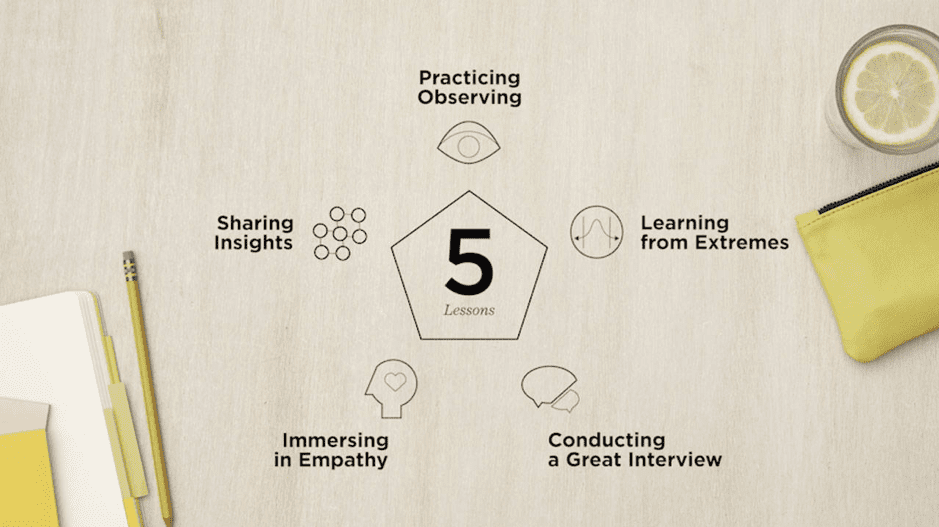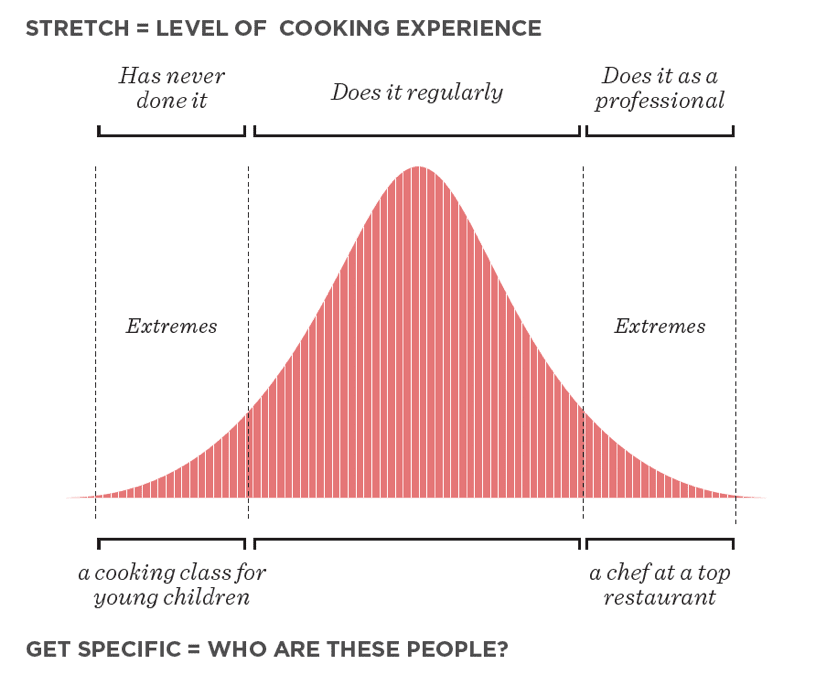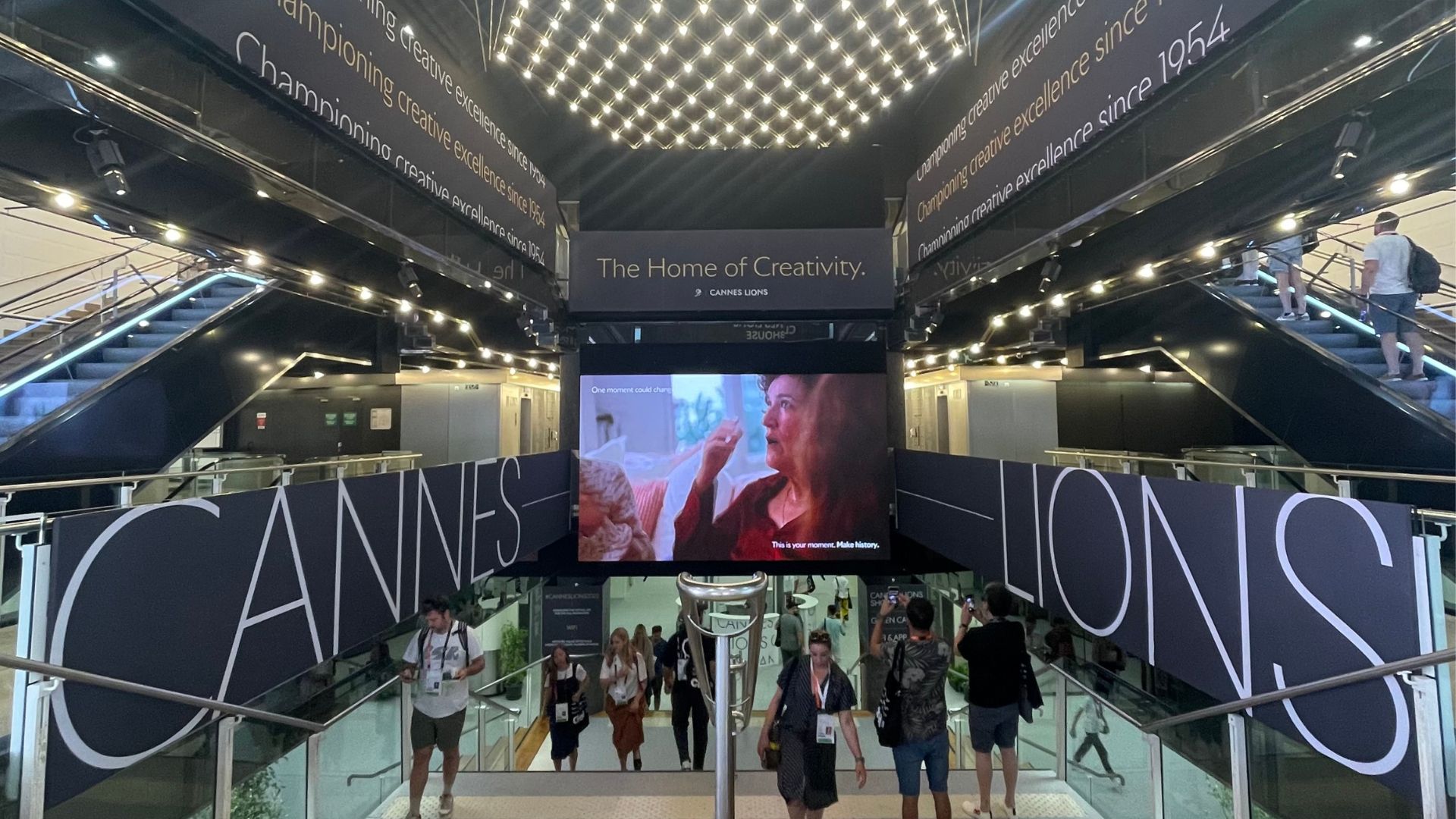I recently had the pleasure of attending a five-week course on what it takes to develop a human-centered, design-based approach to innovation.
The course, Insights for Innovation, hosted by award-winning global design firm IDEO, allowed me to learn first-hand from industry experts how to spark new thinking and explore my own journey into driving innovation at Ketchum London.
Above all else, this five-week course – a training opportunity supported by Ketchum London as part of its “Own Your Own Development” initiative that allows employees to propose external learning and development options they believe would be useful to them and the business – focused on developing the skills and mindset required to recognise needs and cultivate the right solutions. And while the course largely focused on innovation as product and service creation, it also allowed me to personally examine the products I use in my daily life that qualify as innovative and human-centered at their core.
Here are a few of the lessons that I especially enjoyed…

Doing some ethnography:
They call it “practicing observing” but it’s basically ethnography (observing people and interacting with things you are interested in studying in their natural environment, rather than in a controlled one). I had done some basic observing at uni and really enjoyed it, and this time IDEO gave me new tips to heighten my attention before and during an observation:
- Look for things that prompt behaviour
- Look for adaptations
- Look for what people care about
- Look for body language
- Look for patterns
- Look for the unexpected
Observing what people do, along with how and why they are doing it, allowed me to see how people used and adapted products and services beyond their intended use. It taught me to always approach your observations with an open and curious mind, and stay away from generalizations, judgment, evaluation, assumptions, and prescriptions (should/would/could).
Learning from extremes:
This is the lesson I enjoyed most. The goal here was to identify extreme perspectives to see beyond assumptions and come up with new ideas. But how do you get to identifying possible extremes? Through different lenses, such as demographics (age, gender, ethnicity), behaviors (experts vs. newbies) or life stages (single, retired). I enjoyed this because it forced me to look beyond the traditional target audiences (if I see another brief targeting busy millennials…) and really consider how an extremely broad cross-section of people might respond to campaigns.

Focusing on outlying consumers is where we can find insights that are more disruptive, and these types of consumers can even provide a window into the future demands of their mainstream counterparts.
Immersing in empathy:
When exercising empathy, you see the world through a different lens. It helps you feel something new and then you want to do something about it. And this new perspective and sense of action are essential when trying to generate creative ideas and solutions. I really liked this lesson because it puts the focus on emotional experiences and forced me to look beyond assumptions by putting myself in the shoes of the people I was designing for. Creating immersive, empathetic experiences can be challenging, so IDEO gave me a few tips:
CHANGE YOUR PERSPECTIVE. Think of ways you can alter your perspective to better relate to someone who sees things differently than you do. What will you discover?
LIMIT YOURSELF. Consider who you’re designing for and any aspect of their experience that you might take for granted. What happens when you take that ability away from yourself?
DO IT YOURSELF. Have you personally experienced the products, services or experiences you’re creating? How can you truly understand what something feels like if you don’t experience it firsthand?
ENGAGE IN AN ANALOGOUS EXPERIENCE. Is there some quality of the experience you are designing (confusion? steep learning curve? fast pace?) that you could experience or recreate analogously?
Beyond the material of the course, it was a thrill to collaborate with a global community of learners from diverse industries and share and receive feedback and resources. I even followed a colleague’s project on how to improve the commuting experience for people on public transportation in Tokyo that was fascinating.
I hope you can apply a few of these learnings to your own communications strategies, and I’m personally excited to apply more qualitative research methodologies to uncover insights that unlock creative and innovative ideas.


